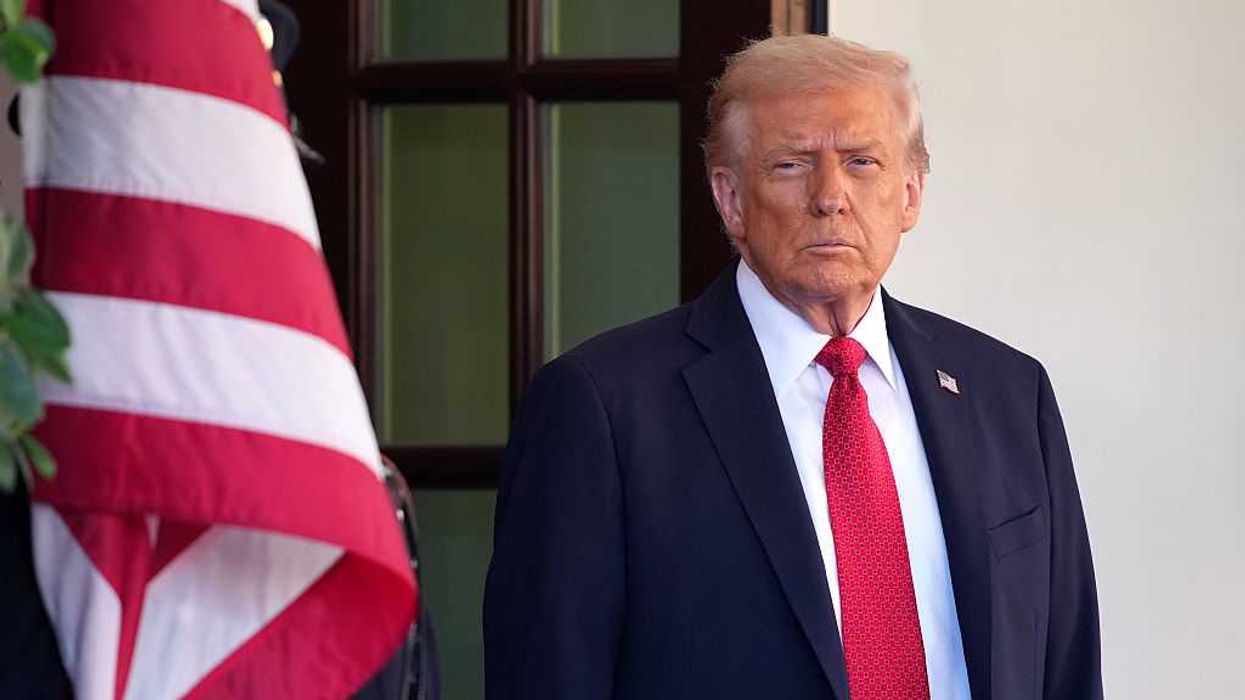In 2016, Venezuela’s president, Nicolas Maduro, declared an economic emergency to confront the country’s spiraling financial crisis. What was billed as a temporary measure quickly expanded – and never truly ended. The “state of emergency” was renewed repeatedly, granting the president sweeping authority to rule by decree. Venezuela’s legislature was sidelined, dissent was criminalized, and democratic institutions were hollowed out under the guise of crisis management.
That story may feel distant, but it’s a warning close to home. Emergencies demand swift, decisive action. In the face of natural disasters, terrorist attacks, or public health crises, strong executive leadership and emergency powers can save lives. Mayors, governors, and presidents must be able to cut through bureaucracy when every minute counts.
But emergency powers are among the most potent – and most dangerous – tools in any democracy. Because they allow leaders to bypass normal checks and balances, these powers must be reserved for genuine crises, not exploited for politics or convenience, and must have a clear end date. Today, that line has blurred, and emergencies can continue with no end in sight.
The United States is currently operating under more than 50 simultaneous national emergencies. Many were declared decades ago. Some are tied to conflicts that have long since ended. What was designed as a narrow, temporary authority has quietly become a system of permanent emergency government, a mechanism for expanding presidential power without congressional consent or public accountability.
That drift has warped the Constitution’s balance of powers. Our founders never intended for one person to wield open-ended emergency authority. The system they designed entrusted Congress – the people’s representatives – with the responsibility to decide whether extraordinary powers should continue once the immediate danger has passed. Yet over time, presidents of both parties have seized ever-broader emergency powers, and Congress has failed to effectively check them.
In 1976, Congress tried to fix this problem through the National Emergencies Act (NEA). The law was meant to restore accountability by requiring regular congressional review. But in practice, it did the opposite. Because ending an emergency now takes a joint resolution that can be vetoed by the president, it effectively demands a veto-proof majority in Congress to succeed. In a polarized political era, that’s nearly impossible. The result is that many emergency declarations persist year after year, long after the crises that justified them have passed.
This creeping normalization of emergency rule is more than a constitutional defect. It blurs the line between temporary crisis management and permanent executive control. It allows presidents to sidestep Congress, avoid public debate, and govern by decree. What should be exceptional has become routine, and it is antithetical to the ideals of American democracy.
And America is not alone in this struggle. Around the world, democracies have seen similar patterns: leaders invoking “temporary” emergencies that linger for years, concentrating power in the executive. From Hungary’s pandemic-era decrees to Turkey’s post-coup state of emergency, history shows how extraordinary powers, once normalized, rarely recede. America’s system was built to resist that temptation – but it is showing strain.
Public opinion reflects this concern. Recent polling shows that a majority of Americans (54 percent) support requiring Congress to decide whether to end or continue presidential emergency powers after 30 days. Only 23 percent oppose it. Voters across party lines understand what the Framers warned: liberty is most endangered when concentrated in a single pair of hands, especially under the vague justification of an undefined “emergency.”
Reforms are both necessary and achievable. Congress should require affirmative approval for any emergency declaration lasting beyond 30 days and mandate regular reauthorization thereafter. It should also require transparency about which statutory powers are being invoked and impose clear expiration dates for each declaration. These steps, outlined in Issue One’s We the People Playbook, would flip the current dynamic, ensuring presidents can act swiftly in crisis, but that the people’s representatives must decide whether those powers endure.
This is not a partisan issue; it is a constitutional one. As James Madison cautioned, the accumulation of legislative and executive power “in the same hands” is the very definition of tyranny. Restoring limits on emergency powers doesn’t weaken the presidency – it strengthens the republic. It ensures that, in times of crisis, America acts with both urgency and legitimacy.
History offers us a clear warning: even the best intentions can lead to unchecked power when emergencies never end. Venezuela’s slow slide from crisis management to one-man rule didn’t happen overnight – it happened through a series of temporary measures that became permanent. America’s democracy is stronger and more resilient, but it is not immune. The surest safeguard against that fate is to reassert Congress’s role and reaffirm that in this nation, no emergency lasts forever.
Alix Fraser is Issue One’s Vice President of Advocacy. He previously spent nearly a decade in foreign policy, developing and executing U.S. foreign policy at the State Department, where he primarily focused on improving democratic institutions and human rights conditions internationally.
Liana Keesing is Issue One’s Policy Lead for Technology Reform, where she leads the organization’s agenda at the intersection of democracy and emerging technology across both federal and state levels. A trained engineer turned policy advocate, Liana excels at translating complex technical issues for policymakers and the public.



















